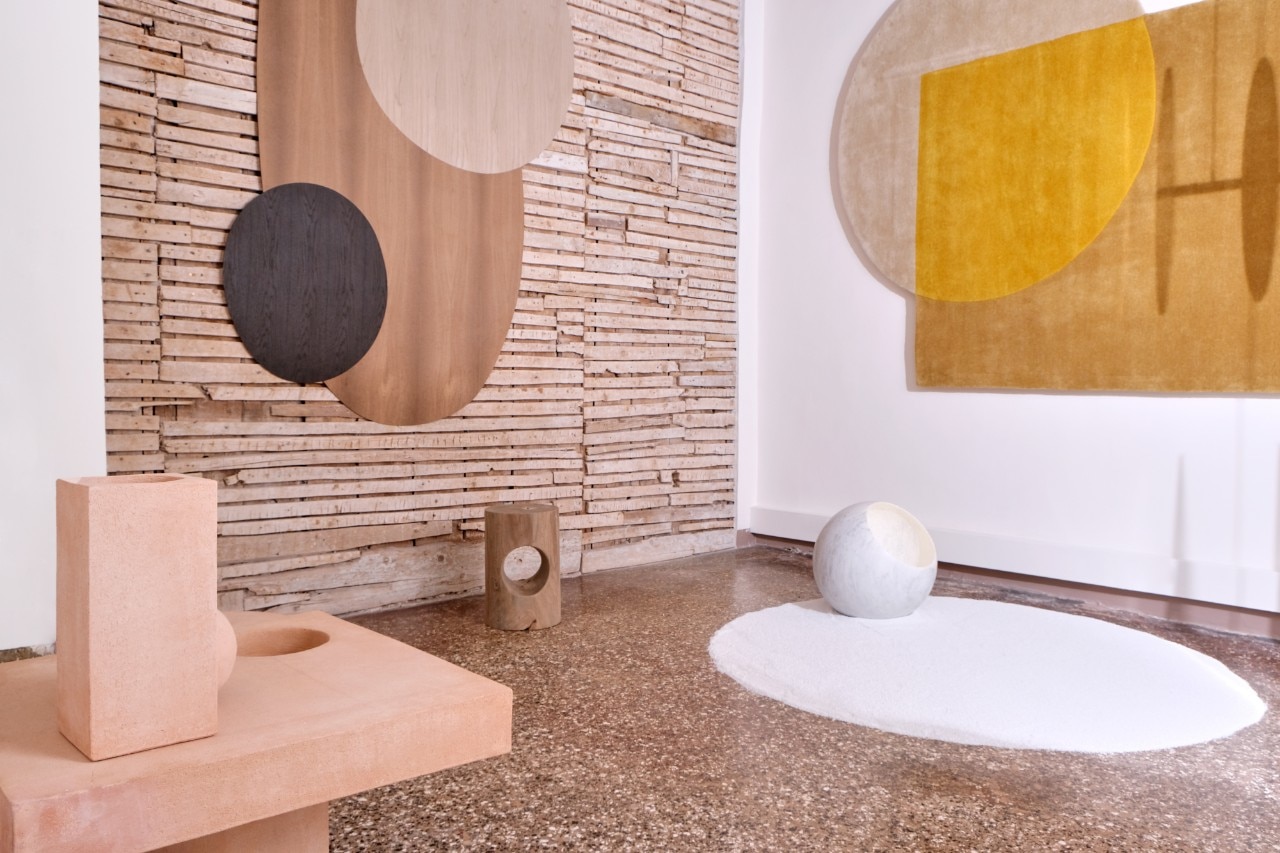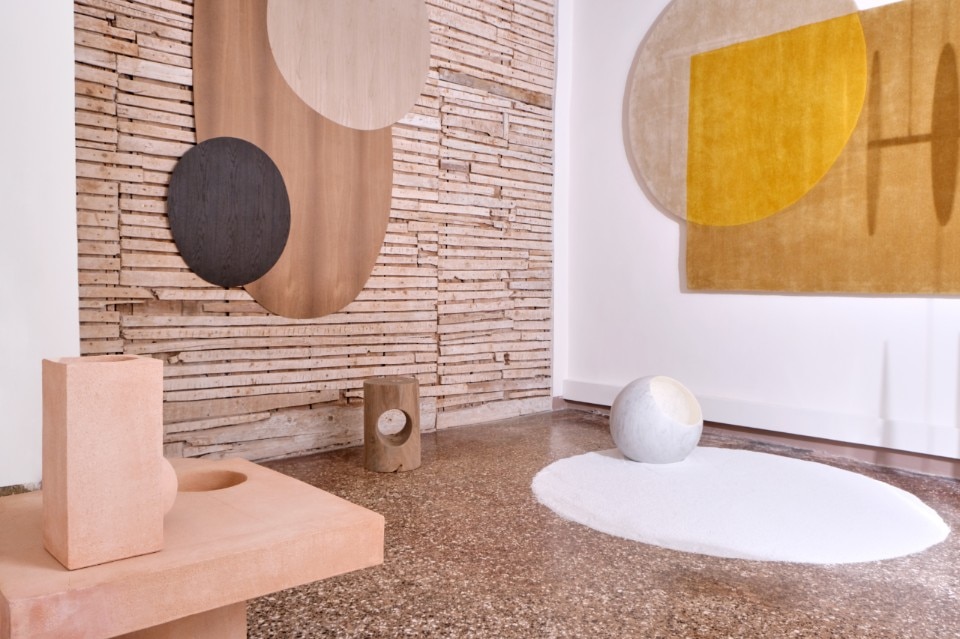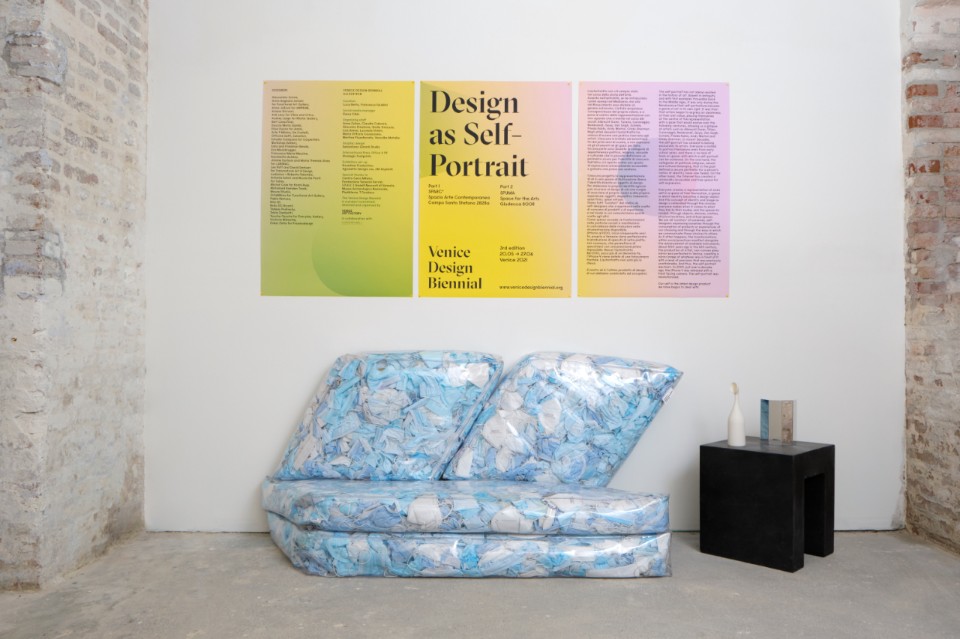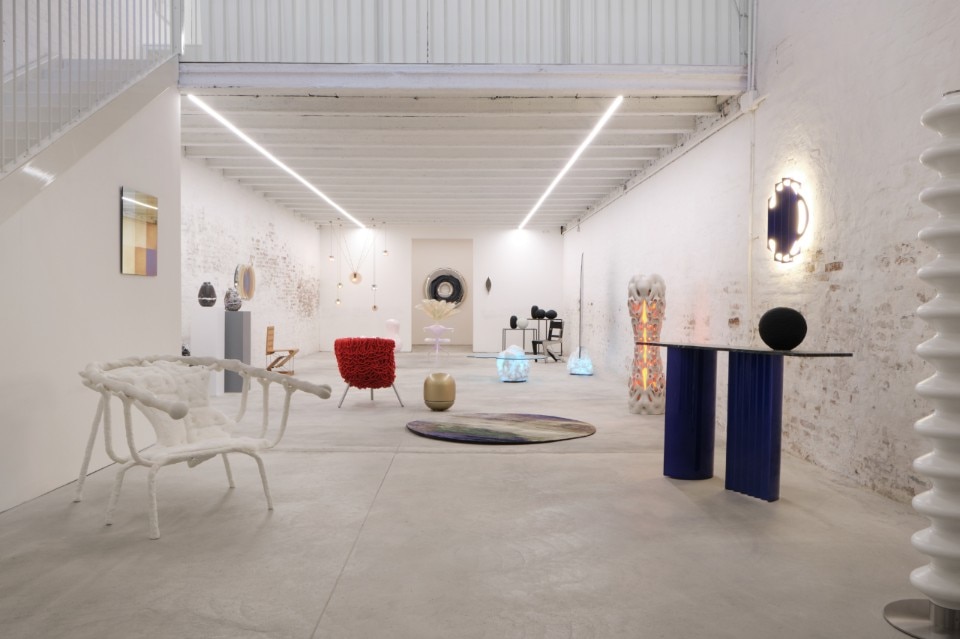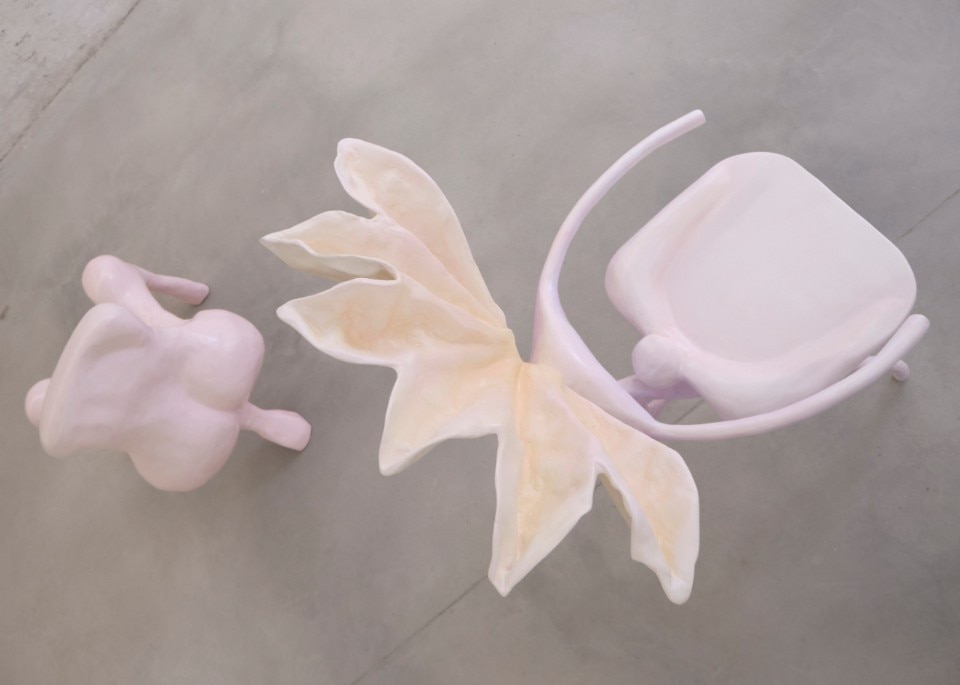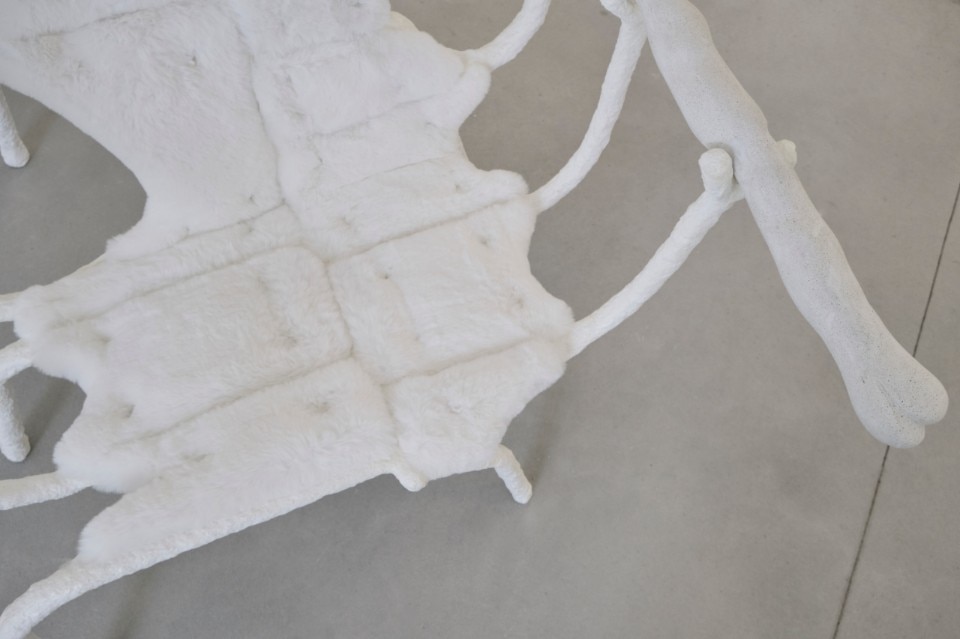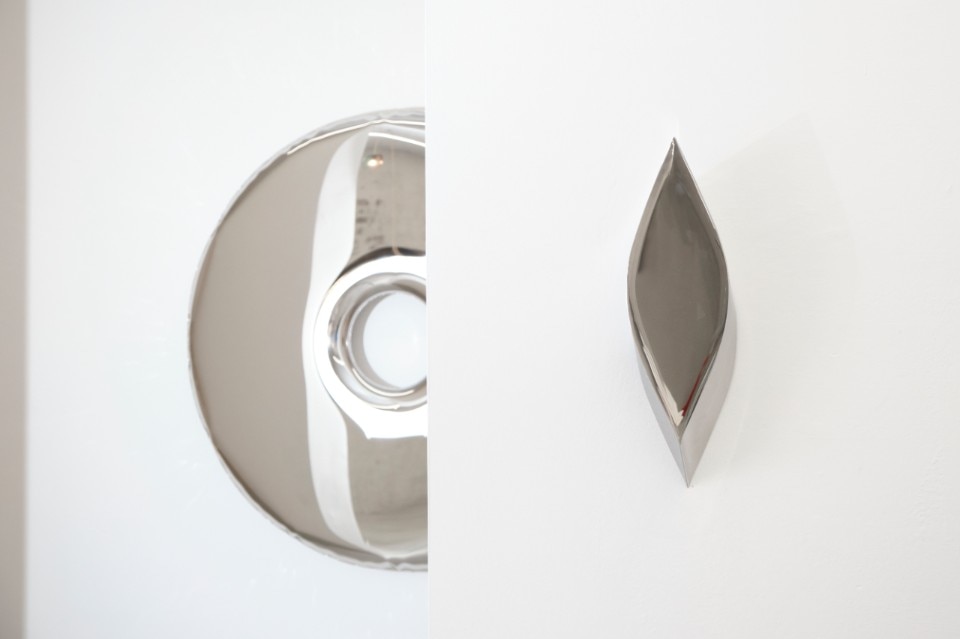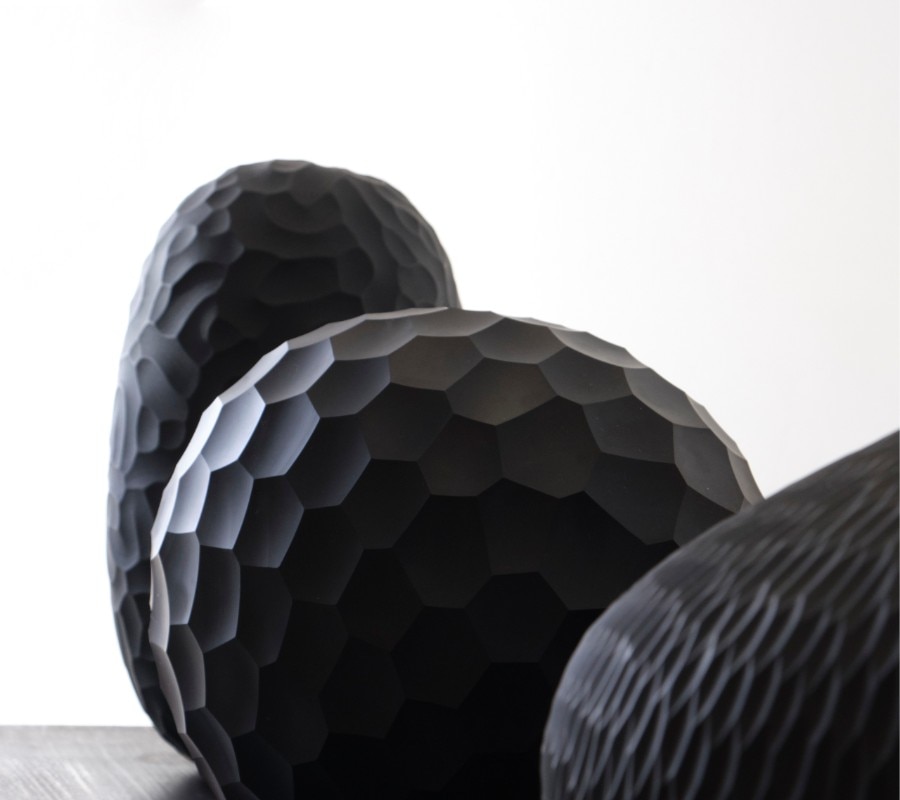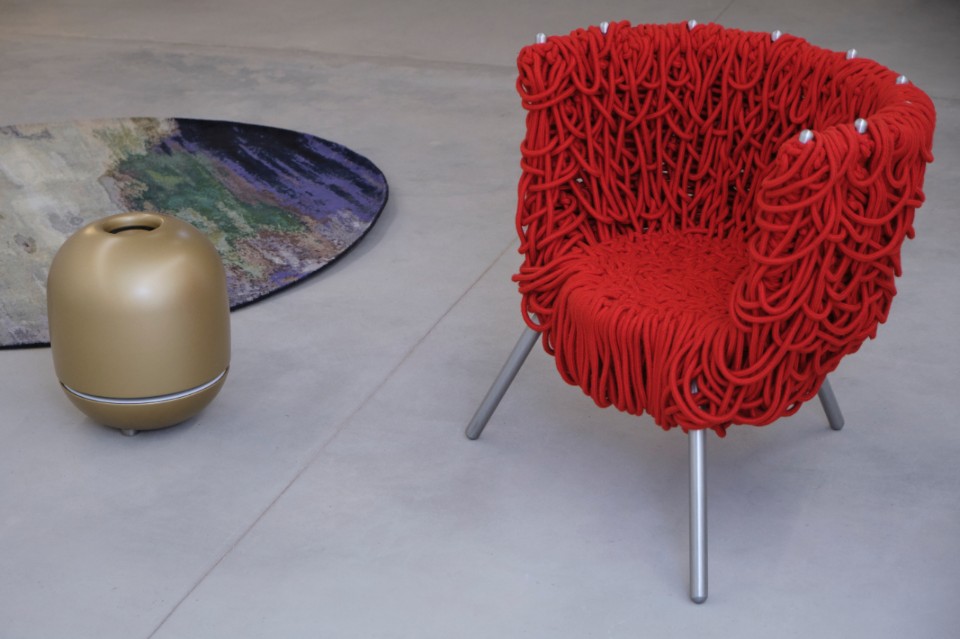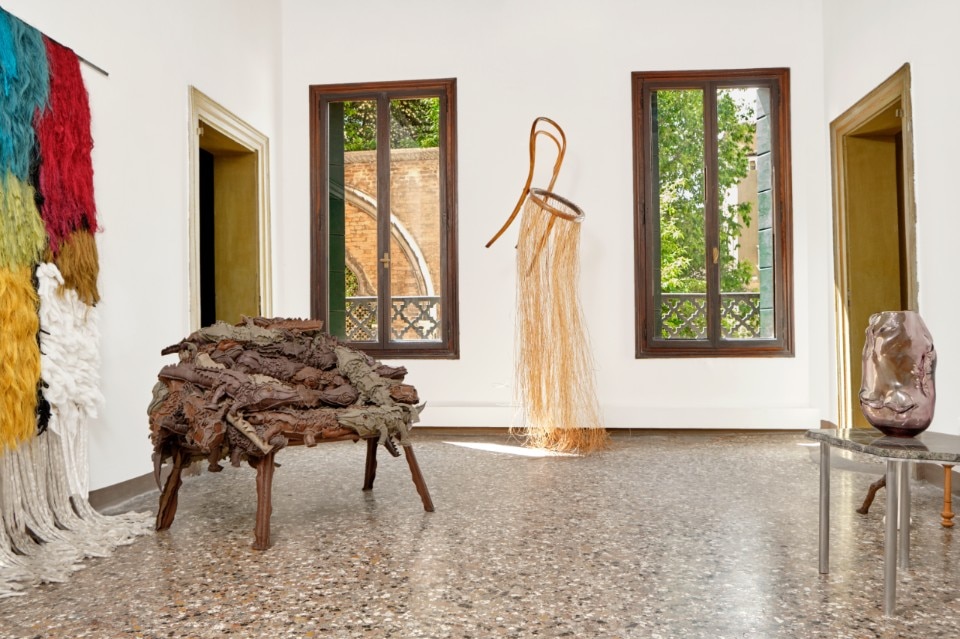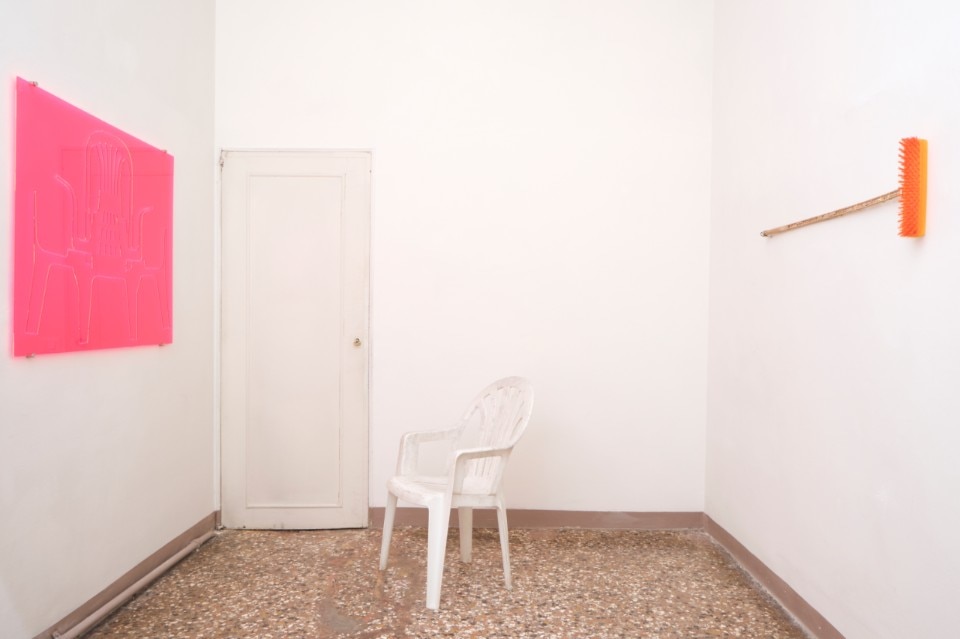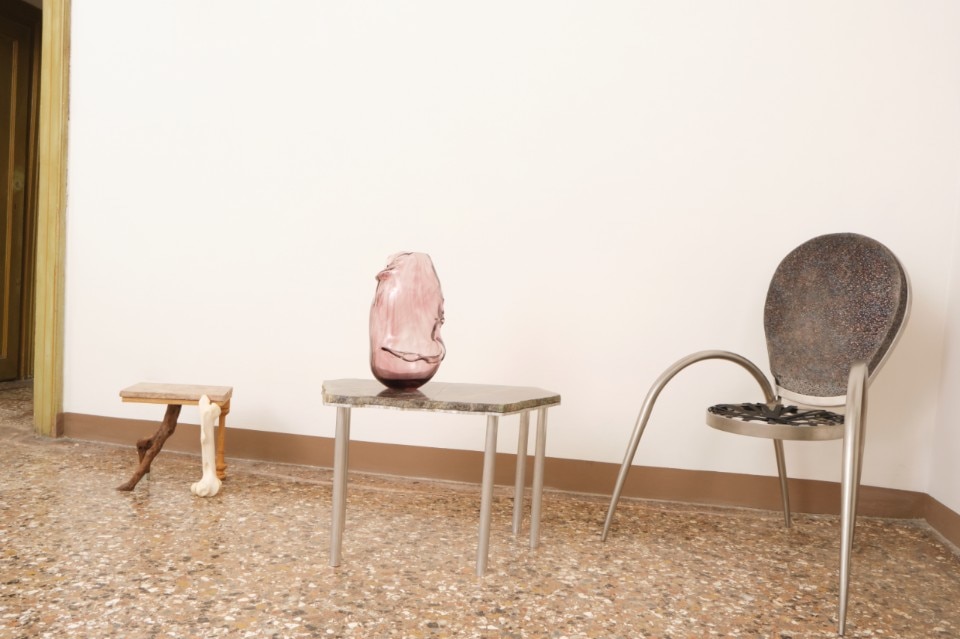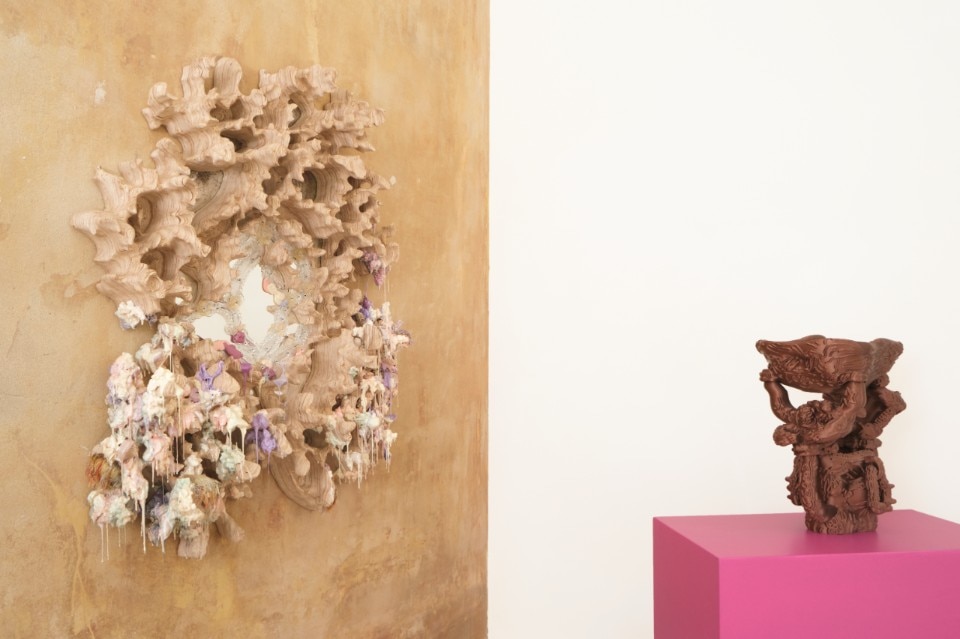In a Biennale dominated by the incapability to offer immediate and pragmatically effective answers to the question “How will we live together?”, the Venice Design Biennial stands out by establishing a dialogue between the conceptuality of design and its functionality. The theme of the self-portrait – “Design as Self-Portrait" is the title of the exhibition – offers us an insight into the psychological, rather than strictly physical, intuitions of over thirty designers from all over the globe.
Came to the apex of a decade that, with the revolution brought by the rear camera on smartphones first introduced by the Apple iPhone 4 in 2010, the online projection of our ego has acquired the trait of a daily curation of ourselves. It follows the necessity to reconsider the concept of self-portrait as a practice that expands beyond the sole medium of pictorial or photographic realism, becoming a constant work of design on our ego.
Came to its third edition, the Venice Design Biennial 2021, curated by Francesca Giubilei and Luca Berta together with Martina Gamboni, unfolds across the Venetian islands in an exhibiting itinerary that involves, up to June 27th, the spaces of SPARC – Contemporary Art Space, of SPUMA – Space for the Arts, of the Archaeological Museum, of the Crociferi Oratory and of Palazzo Treves. The distinctive territoriality of the event, in fact, succeeds in establishing an efficient dialogue between up and coming Venetian and international designers.
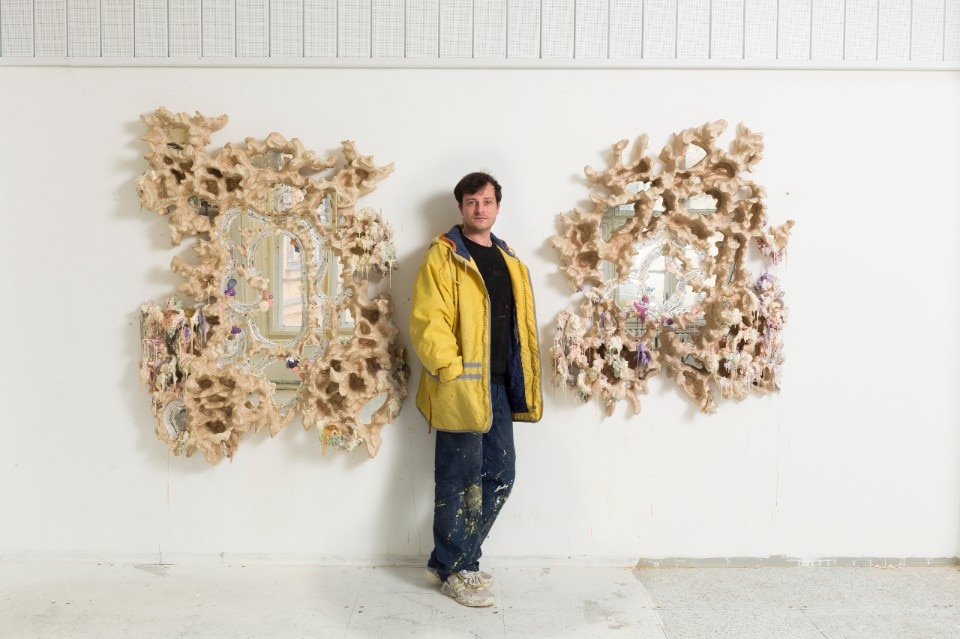
In the works exhibited, the designers open themselves to reflections on their intimacy through works that can simultaneously be universally enjoyed beyond the personal dimension of their creators. Examples include the urns for ashes of the Memory Object Series by Eva Moosbrugger that in textures of their glass surfaces repropose the tactility of natural elements like sand and rocks. Again, the Potent, Grace chair by Anna Aagaard Jensen that, conceived for a sole female use, reflects on the male inclination for manspreading, therefore inviting women to do the same to establish an equal dialogue on the theme of gender involving space and physicality too.
The room dedicated to the creations of Elisa Ossino for Officine Saffi and Art 9 Milano updates the enigma of the metaphysical abstraction of De Chirico by translating it into a domestic context sitting between sinuous monochrome surfaces and the use of raw materials close to the brutalist taste. Similarly, Arik Levy proposed two bookshelves in Carrara and Guatemala green marble that, in their brutalist attitude, seem to suggest a reflection on the brutal condition of the human soul when compared to the spiritual height of the content of the texts that the shelves are meant to host.
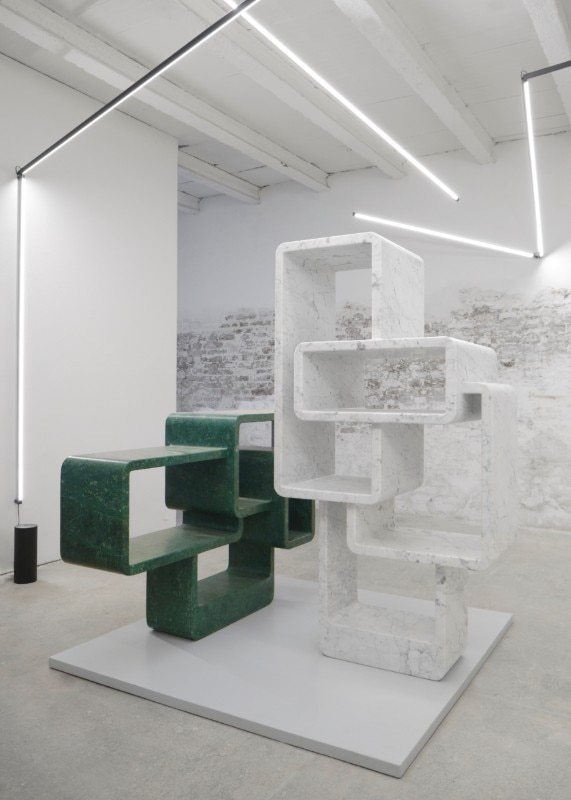
Throughout the intimate environments of the VDB – standing out when placed in juxtaposition with the roomy pavilions of the Biennale gardens – the quest for answers regarding our identity is made possible in an exchange of perspectives between the designer and the spectator. Thus, it is no wonder that many are the mirrors on exhibition, like Rondo by Oskar Zieta and the diptych Fading Reflection by Tadeas Podracky, able to harmonise the Venetian tradition with a contemporary sensitivity nearly touching upon the digital aesthetic of cottagecore and creepycore.
In its ability to build a bridge between reality and virtuality, between psychological and concrete shapes, between tradition and technical innovation, the Venice Design Biennial – unwillingly, or perhaps, on purpose – leaves us with a clearer answer to the “How will we live together?” question set by the Architecture Biennale curator Hashim Sarkis.


